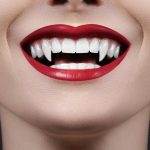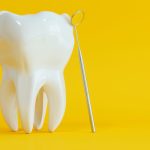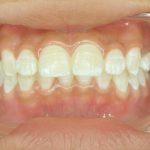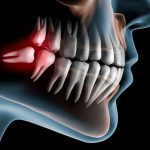Why Do Teeth Look SeeThrough? Exploring Causes and Solutions
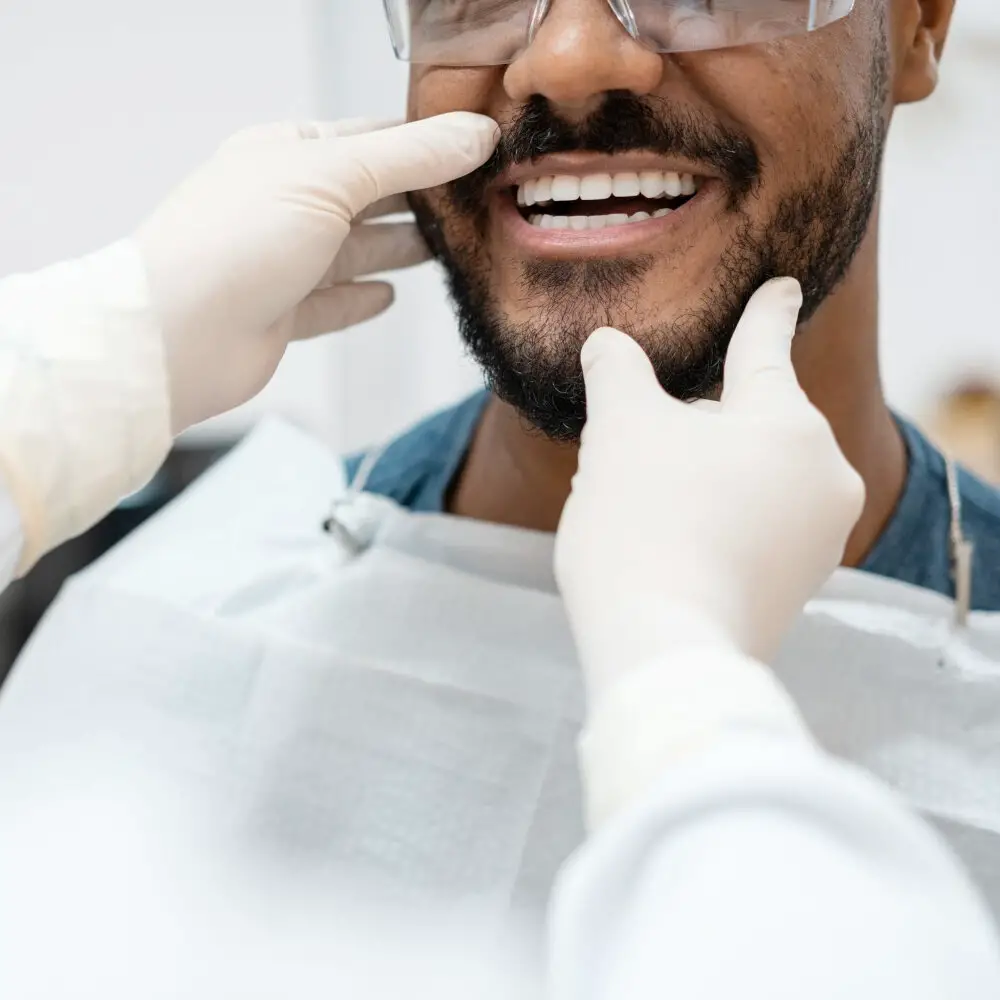
Teeth are an essential part of our body, not only for their primary function of breaking down food but also for their aesthetic value. A bright and healthy set of teeth can significantly boost one’s confidence and self-esteem. However, some people may experience transparent or translucent teeth, which can be a cause of concern. The see-through appearance of teeth can be a source of embarrassment and self-consciousness for some individuals. In this article, we will explore the causes of see-through teeth and the possible solutions to this problem. The transparency of teeth can be caused by several factors, including genetics, age, and lifestyle habits. Genetics play a significant role in determining the thickness and opacity of our tooth enamel. Some individuals may have naturally thin enamel, making their teeth more translucent. Age is another factor that can contribute to the transparency of teeth, as enamel wears down over time, revealing the yellowish dentin layer underneath. Lifestyle habits such as excessive consumption of acidic or sugary foods, smoking, and poor dental hygiene can also weaken the enamel and cause teeth to appear see-through. In the following sections, we will delve deeper into each of these causes and explore the possible solutions to address this issue.
Seethrough teeth, also known as translucent teeth, is a phenomenon where the teeth appear to be transparent or translucent. This can occur due to a variety of factors, such as thinning of the enamel, which is the outer layer of the tooth, or wear and tear from grinding or biting hard objects. Other causes may include genetics, certain medical conditions, or overexposure to acidic foods or drinks. While seethrough teeth may not necessarily be harmful to dental health, they can affect the appearance of the teeth and cause self-consciousness in some individuals. Treatment options may include bonding or veneers to improve the cosmetic appearance of the teeth, or addressing underlying dental issues such as enamel erosion or bruxism.
Understanding the causes and solutions of see-through teeth is crucial for maintaining optimal oral health. When teeth become translucent, it may indicate that the enamel, the outer layer of the tooth, has eroded, which can leave sensitive dentin exposed and lead to tooth decay or sensitivity. Causes of see-through teeth may vary from overconsumption of acidic foods and drinks, teeth grinding, or poor oral hygiene. It is essential to identify the underlying cause to prevent further damage and determine the appropriate solution. Possible solutions may include using a toothpaste that contains fluoride to strengthen enamel, avoiding acidic foods and drinks, or seeking professional treatment such as bonding or veneers. Ultimately, understanding the causes and solutions can help individuals take proactive steps towards healthy teeth and improve their overall oral well-being.
Enamel Erosion
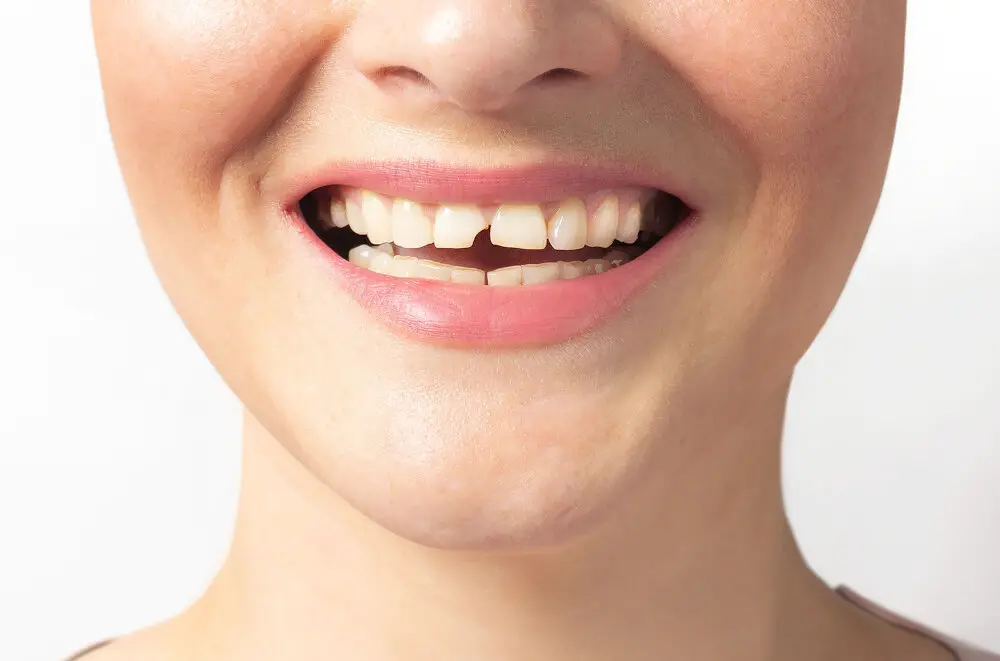
Enamel erosion is a dental condition where the hard, outer layer of your teeth starts to wear away, exposing the softer, more sensitive layer of dentin underneath. This condition can lead to a range of dental problems, including tooth sensitivity and decay, and it can also cause teeth to appear see-through or transparent. There are several factors that can contribute to enamel erosion, including acidic foods and drinks, poor dental hygiene, and certain medical conditions. Acidic foods and drinks like citrus fruits, soda, and coffee can weaken the enamel on your teeth, making it more susceptible to erosion. Poor dental hygiene can also contribute to enamel erosion, as plaque and bacteria can build up on your teeth and lead to decay. Certain medical conditions, such as acid reflux or eating disorders, can also increase your risk of enamel erosion. If you’re experiencing enamel erosion, there are several steps you can take to help prevent further damage and protect your teeth. One of the most important things you can do is to practice good dental hygiene, including brushing your teeth twice a day with a fluoride toothpaste and flossing regularly. You should also avoid consuming acidic foods and drinks, and try to limit your intake of sugary snacks and beverages. If you have a medical condition that is contributing to your enamel erosion, it’s important to talk to your healthcare provider about treatment options. Additionally, your dentist may recommend treatments like dental bonding or veneers to help protect your teeth and improve their appearance. By taking these steps, you can help prevent further enamel erosion and keep your teeth healthy and strong for years to come.
Enamel erosion refers to the gradual loss of the hard outer layer of the teeth due to exposure to acid. The enamel is the protective covering of the teeth, and it is responsible for maintaining the structural integrity and color of the teeth. The erosion of enamel occurs when the acid in the mouth wears away the enamel, making the teeth look see-through and translucent. This condition can be caused by several factors, including acid reflux, excessive consumption of acidic foods and drinks, and poor oral hygiene. Enamel erosion can also lead to tooth sensitivity, cavities, and even tooth loss if left untreated. To prevent enamel erosion, it is essential to maintain good oral hygiene, avoid acidic foods and drinks, and seek dental treatment if necessary.
Enamel erosion is a common dental problem that affects many people, and there are various causes of this condition. One of the most common causes of enamel erosion is a poor diet that is high in sugar, acids, and carbohydrates. Consuming these types of foods and drinks regularly can lead to acid attacks on the teeth, which can cause the enamel to weaken and erode over time. In addition, acid reflux is another common cause of enamel erosion. When stomach acid flows back into the mouth, it can cause damage to the teeth and lead to erosion. Other factors that can contribute to enamel erosion include brushing too hard, grinding teeth, and certain medications. To prevent enamel erosion, it is essential to maintain good oral hygiene habits, avoid acidic and sugary foods and drinks, and seek treatment for acid reflux or other underlying health conditions that may be causing the problem.
Enamel erosion can have a significant impact on the transparency of teeth. The enamel is responsible for protecting the underlying layers of the tooth, and when it begins to wear away, the tooth becomes more vulnerable to damage. As the enamel thins, it can cause the tooth to appear more transparent, allowing the underlying dentin to show through. This can result in a yellowed or discolored appearance, making the teeth less aesthetically pleasing. Additionally, as the enamel continues to erode, it can lead to increased tooth sensitivity and even tooth decay. Therefore, it is important to address enamel erosion early on to prevent further damage and maintain the health and appearance of your teeth.
Prevention and treatment options for enamel erosion depend on the underlying cause of the condition. For example, if the erosion is due to an acidic diet, limiting the intake of acidic foods and drinks can help prevent further damage. In addition, maintaining good oral hygiene, such as brushing twice a day and flossing, can also help prevent enamel erosion. Treatment options include remineralization therapy, which involves the use of products containing fluoride and calcium to strengthen the enamel, as well as dental bonding, veneers, or crowns to cover and protect the affected teeth. In severe cases, a dentist may recommend a root canal or extraction of the affected tooth.
Genetics
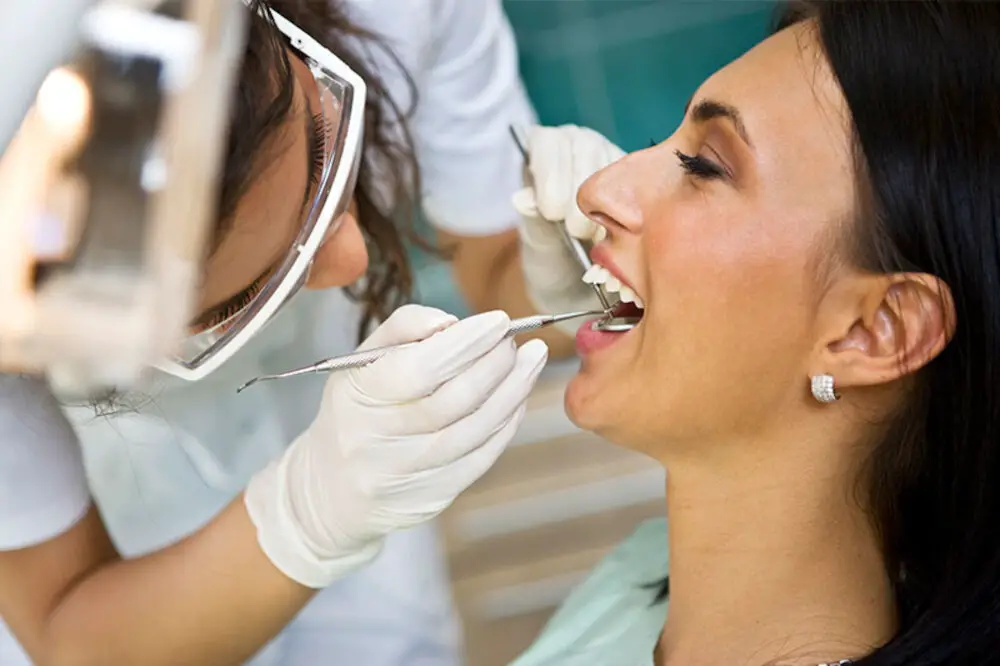
Genetics plays a vital role in the appearance of our teeth. Tooth transparency is an inherited trait, and some people may have naturally translucent or thin enamel. Enamel is the hard, protective outer layer of the teeth, and its thickness and density determine the opacity of the tooth. Some individuals may have naturally thin enamel due to their genetics, which makes their teeth appear see-through. In addition, certain genetic conditions can affect tooth development and cause abnormalities that lead to transparency. For example, dentinogenesis imperfecta is a genetic disorder that affects the formation of dentin, the tissue that makes up the bulk of the tooth, and can result in translucent or discolored teeth. Although genetics can influence tooth transparency, there are still ways to improve the appearance of see-through teeth. Dental bonding is a popular cosmetic procedure that involves applying a tooth-colored resin to the surface of the teeth. This can help to fill in gaps and cover up areas of transparency, providing a more uniform and aesthetically pleasing smile. Additionally, porcelain veneers can be used to cover the front surface of the teeth and create a more natural-looking appearance. In some cases, teeth whitening may also be recommended to brighten the overall appearance of the teeth and make them appear less see-through. Overall, while genetics may play a role in tooth transparency, there are still options available to improve the appearance of your smile.
Genetic factors that can cause seethrough teeth are mainly related to the thickness and translucency of the enamel. Enamel is the hard outer layer of the tooth that protects it from decay and damage. If a person inherits genes that code for thin or less opaque enamel, their teeth may appear see-through or translucent. This is because light passes through the enamel and reflects off the underlying dentin, which is yellow in color, giving the teeth a translucent appearance. Other genetic factors that can contribute to seethrough teeth include the shape and size of the teeth, as well as the positioning of the teeth in the jaw. While genetics plays a significant role in the appearance of one’s teeth, environmental factors such as diet, oral hygiene, and lifestyle choices can also impact the health and transparency of teeth.
Inherited conditions, such as dentinogenesis imperfecta, can significantly impact the appearance and strength of teeth. This condition affects the development of tooth dentin, resulting in a translucent or grayish appearance that can make teeth look see-through. Individuals with dentinogenesis imperfecta may also experience weakened teeth that are more prone to decay and breakage. While there is currently no cure for this inherited condition, there are treatments available to improve the appearance and strength of affected teeth. These treatments may include dental bonding, veneers, or crowns. It is important for individuals with dentinogenesis imperfecta to work closely with their dental professionals to develop a comprehensive treatment plan that meets their unique needs.
In addition to enamel thickness and wear, other hereditary factors can also impact tooth transparency. Genetic conditions such as amelogenesis imperfecta and dentinogenesis imperfecta can affect the formation of tooth enamel and dentin, leading to a translucent appearance. Additionally, certain genetic traits may influence the natural color of teeth, such as the presence of yellow or brown pigments. While these factors are largely out of an individual’s control, maintaining good oral hygiene and receiving regular dental care can help minimize their impact on tooth transparency and overall dental health.
When dealing with genetically caused seethrough teeth, treatment options are limited. This is because the issue arises from the inherent structure of the teeth, which cannot be altered. However, there are a few cosmetic options that can help improve the appearance of the teeth. Teeth whitening treatments can be used to brighten the shade of the teeth, making them less translucent. Bonding and veneers can also be used to cover up the teeth, creating the illusion of a more opaque surface. In more severe cases, orthodontic treatment may be recommended to realign the teeth and reduce the amount of visible tooth structure. Ultimately, the best course of action will depend on the individual case, and should be discussed with a dental professional.
Age and Wear and Tear
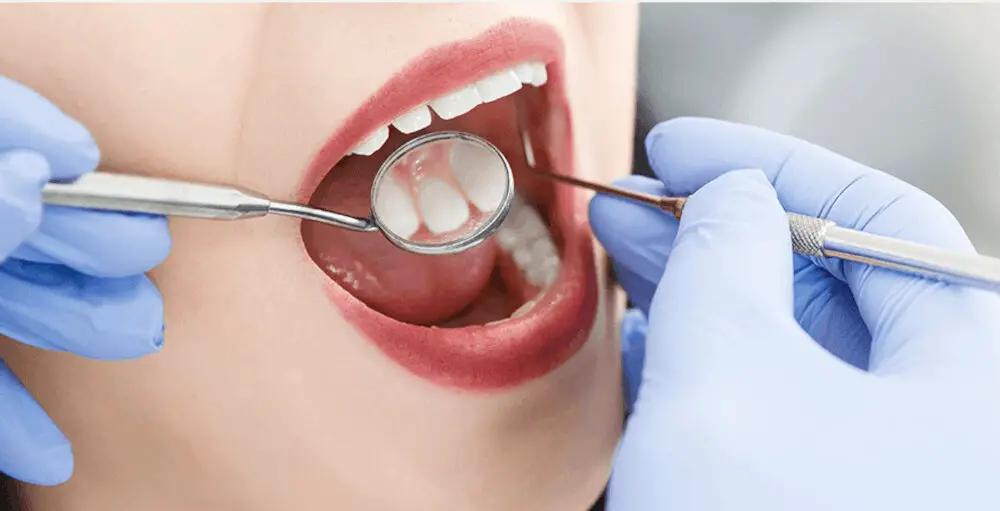
Age and wear and tear are two major factors that can cause teeth to look see-through. As we age, our teeth naturally begin to wear down, and the enamel that covers them becomes thinner. This can make the teeth look more translucent, allowing the underlying dentin to show through. Additionally, years of wear and tear from chewing, grinding, and other activities can cause the edges of the teeth to become more translucent and jagged, further contributing to their see-through appearance. In some cases, age and wear and tear may be exacerbated by lifestyle factors such as a diet high in acidic foods or poor dental hygiene habits. Acidic foods can erode tooth enamel over time, while inadequate brushing and flossing can allow plaque and bacteria to accumulate, leading to decay and further weakening of the teeth. Regular dental checkups and cleanings can help prevent these issues and keep the teeth healthy and strong, reducing the risk of them becoming overly translucent or see-through.
As we age, our teeth undergo various changes due to general wear and tear, which can lead to the development of transparent teeth. Over time, the enamel, the outer layer of the teeth that protects them from damage, can become thinner and more translucent, revealing the yellowish dentin layer underneath. This can happen due to a variety of factors, such as aggressive brushing, acidic foods and drinks, grinding or clenching of teeth, and even genetics. Additionally, as we age, our teeth can become more brittle and prone to cracking, which can also contribute to the development of transparent teeth. Ultimately, maintaining good oral hygiene practices and avoiding habits that can damage the teeth can help prevent the development of transparent teeth and promote overall dental health.
Teeth grinding and aggressive brushing are two common causes of wear and tear on teeth. Teeth grinding, also known as bruxism, can occur during sleep or while awake and can wear down tooth enamel over time. Aggressive brushing, on the other hand, can cause enamel to erode as well as damage gums and tooth roots. Additionally, consuming acidic foods and beverages, such as citrus fruits and soda, can contribute to enamel erosion and make teeth look see-through. While wear and tear on teeth is a natural part of aging, these habits can accelerate the process and lead to cosmetic and structural issues that require treatment.
As we age, our teeth go through natural wear and tear processes that can cause them to become more transparent. This can be due to the thinning of the enamel layer, which is the hard, protective coating on the outside of our teeth, as well as changes in the underlying dentin layer. Dentin is a yellowish tissue that lies beneath the enamel and is naturally more translucent than enamel. When the enamel layer wears down, the dentin becomes more visible, resulting in teeth that appear more see-through. This effect can be exacerbated by habits such as teeth grinding, which can accelerate the wear and tear process, leading to more transparent teeth at a younger age.
Prevention and treatment options for age and wear and tear-related seethrough teeth are numerous. Firstly, it is important to maintain good oral hygiene practices such as brushing twice a day, flossing daily, and using mouthwash. This can help slow down the progression of tooth erosion and prevent further damage. Secondly, avoiding acidic foods and drinks such as soda, citrus fruits, and vinegar can also help prevent erosion. In terms of treatment options, dental bonding, veneers, or crowns can be used to cover and protect the affected teeth. Additionally, tooth-colored fillings or composite resin can be used to restore the tooth’s natural appearance. In severe cases, root canal therapy or tooth extraction may be necessary. Overall, it is important to address seethrough teeth as soon as possible to prevent further damage and maintain good oral health.
Other Causes
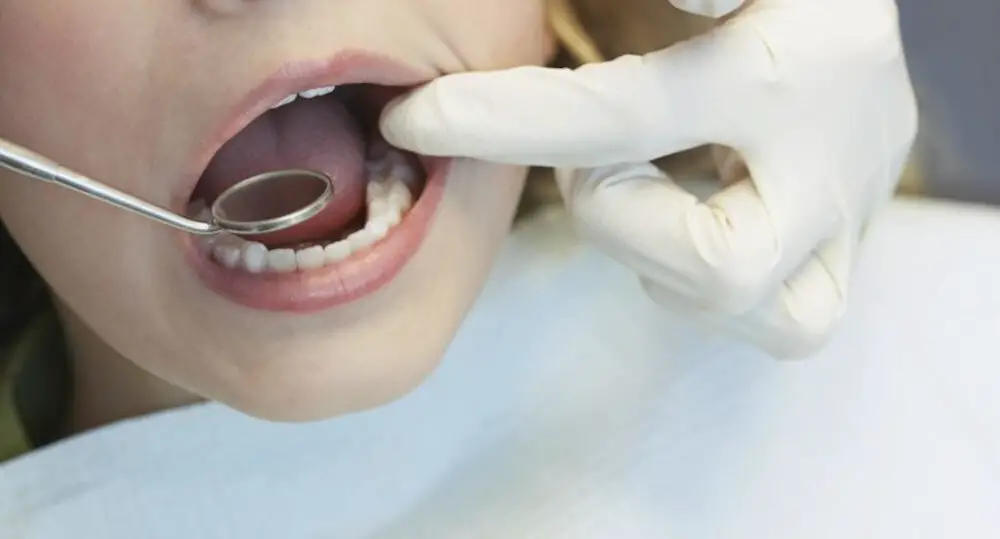
Apart from the common causes of see-through teeth, such as enamel erosion and thinning, there are other factors that can contribute to this dental condition. One of the lesser-known reasons for transparent teeth is a condition called amelogenesis imperfecta. This is a rare genetic disorder that affects the development of tooth enamel, causing it to be thin, weak, and translucent. People with amelogenesis imperfecta may experience a range of dental issues, including teeth that are easily chipped or broken, and a higher risk of tooth decay and infections. While there is no cure for this condition, there are treatments that can help to strengthen the teeth and protect them from further damage. Another possible cause of see-through teeth is excessive fluoride intake. While fluoride is an essential mineral that helps to strengthen tooth enamel and prevent cavities, too much of it can have the opposite effect. Ingesting high levels of fluoride during childhood, for example, can lead to a condition called fluorosis, which causes white or brown spots on the teeth and can make them appear translucent. Fluorosis is generally a cosmetic issue and does not typically affect the health or function of the teeth. However, in severe cases, it can cause dental sensitivity and weaken the teeth, making them more prone to decay and damage. If you suspect that you or your child may have fluorosis, it’s important to speak to a dentist for advice on how to manage the condition and prevent further damage.
In addition to the aforementioned causes, medication side effects can also lead to seethrough teeth. Some medications, such as tetracycline antibiotics and antihistamines, can cause changes in the mineralization and color of teeth. This can result in teeth appearing translucent or see-through. Chemotherapy and radiation therapy can also affect the enamel and dentin of teeth, leading to changes in tooth color and transparency. It is essential to discuss any medication use or medical treatment with a dentist to determine if it could be a contributing factor to seethrough teeth.
Systemic diseases can affect tooth transparency due to their impact on tooth enamel. Enamel is the hard outer layer of the tooth that protects it from damage and decay. When systemic diseases such as celiac disease or bulimia nervosa occur, they can cause enamel erosion. This is because these diseases affect the body’s ability to absorb essential nutrients such as calcium, which is crucial for healthy enamel. As a result, the tooth becomes more translucent, and the underlying dentin layer becomes more visible, giving the tooth a see-through appearance. Additionally, some medications used to treat systemic diseases can also cause tooth discoloration and transparency as a side effect. Therefore, it is crucial to address any underlying systemic diseases to ensure optimal oral health and prevent tooth transparency.
There are a few treatment options available for seethrough teeth caused by nongenetic and nonagerelated factors. One of the most popular options is dental bonding, which involves the application of a tooth-colored resin to the affected areas of the teeth. This material can be shaped and polished to match the natural color and texture of the surrounding teeth, providing a seamless and aesthetically pleasing result. Another option is veneers, which are thin shells made of porcelain or composite resin that are placed over the front of the teeth to improve their appearance. In more severe cases, a dental crown may be necessary to restore the structure and function of the affected tooth. It is important to consult with a dental professional to determine the best treatment plan for your individual needs.
Teeth that appear see-through or translucent can be a cause of concern for some people. The main causes of see-through teeth are enamel erosion, thinning of the enamel due to aging, and overconsumption of acidic food and drinks. Enamel erosion can be caused by factors such as tooth decay, acid reflux, and brushing teeth too hard. Aging can also lead to a thinning of the enamel, making it easier to see through the teeth. Overconsumption of acidic food and drinks, such as citrus fruits and soda, can also contribute to the erosion of enamel. Understanding the causes of see-through teeth can help individuals take steps to prevent further damage and seek appropriate treatment to restore the appearance and health of their teeth.
Seeking professional dental advice is crucial for maintaining good oral health and preventing potential dental problems. When it comes to issues such as see-through teeth, consulting with a dental expert is necessary to identify the underlying cause and develop an appropriate treatment plan. Dental professionals have the necessary knowledge, training, and equipment to diagnose oral health problems accurately and recommend the most effective solutions. They can also provide tips and guidance on how to care for your teeth properly, including how to prevent see-through teeth from occurring in the first place. Neglecting to seek professional dental advice can lead to more severe dental issues, which can be costly to treat and may require more invasive procedures. Therefore, it is essential to prioritize regular dental check-ups and consultations to maintain optimal oral health and prevent future dental problems.
If you’re concerned about your teeth looking see-through, there are steps you can take to prevent and treat the issue. Firstly, it’s important to maintain good oral hygiene by brushing and flossing regularly and visiting your dentist for cleanings and check-ups. Avoiding acidic foods and drinks, such as citrus fruits and sodas, can also help prevent enamel erosion. In addition, using a fluoride toothpaste or mouthwash can strengthen your enamel and prevent further damage. If your teeth are already see-through, there are cosmetic options available, such as dental bonding or veneers, which can restore the appearance of your teeth. Don’t let see-through teeth affect your confidence – take action today to protect and restore your smile.
Conclusion

In conclusion, transparent teeth can be caused by a variety of factors such as genetics, age, trauma, poor dental hygiene, and certain medical conditions. While there is no guaranteed solution to restoring the opacity of teeth, there are several preventative measures and treatments available that can help to minimize their transparency. These include maintaining good oral hygiene practices, avoiding acidic and sugary foods and drinks, using fluoride toothpaste, and seeking professional dental treatment such as crowns, veneers, or bonding. By taking proactive steps to care for and protect our teeth, we can help to prevent and minimize the appearance of see-through teeth, and maintain a healthy, beautiful smile for years to come.
